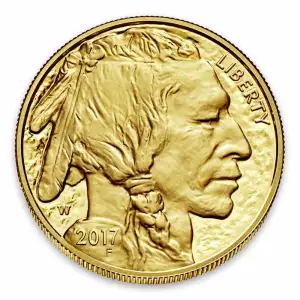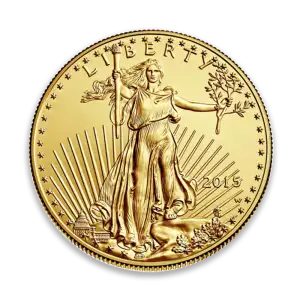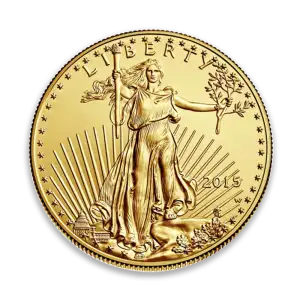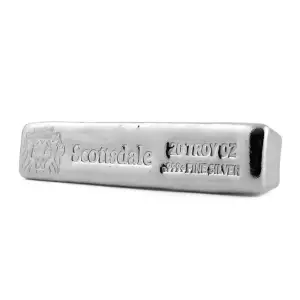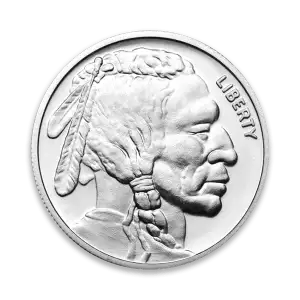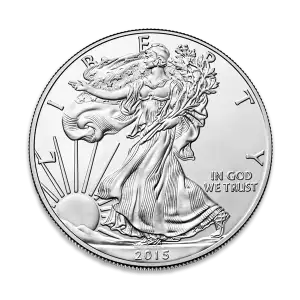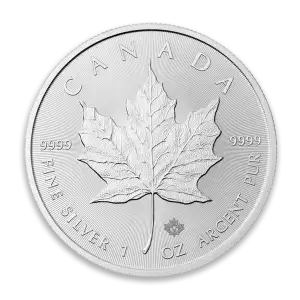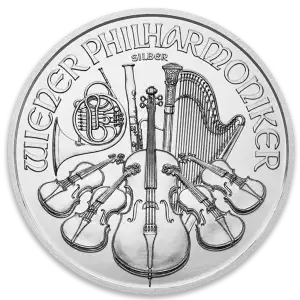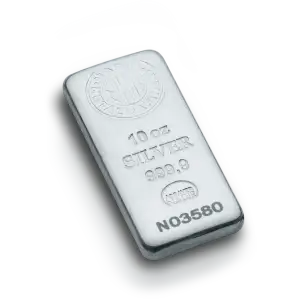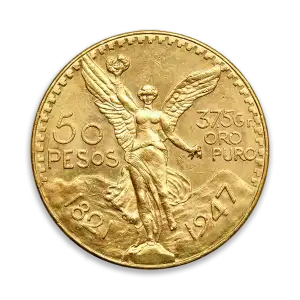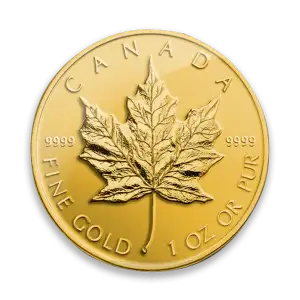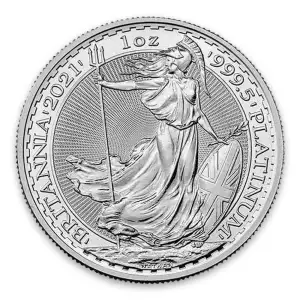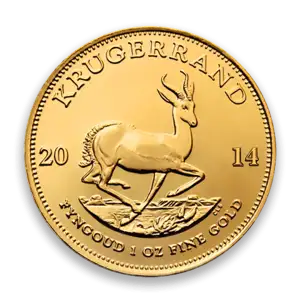From Early Minting to Modern Collectibles in Phoenix & Peoria, AZ
Whether you’re an avid numismatist or someone just beginning to explore the world of gold coin investing, the rich history of U.S. gold coins offers a rich narrative of American artistry, economy, and innovation. For collectors and investors in Phoenix and Peoria, AZ, understanding this history can deepen your appreciation - and guide smarter decisions in building your collection.
A Brief History of U.S. Gold Coins
The United States Mint began producing gold coins after the Coinage Act of 1792, establishing a standardized currency system for the young republic. President Franklin D. Roosevelt's 1933 executive order significantly impacted gold coin ownership by prohibiting the private ownership of gold. Initially, coins were made from gold mined in the southern U.S., such as Georgia and North Carolina, and later from gold discovered in California. The Great Depression influenced gold coin production and circulation, leading to legislative actions aimed at economic recovery.
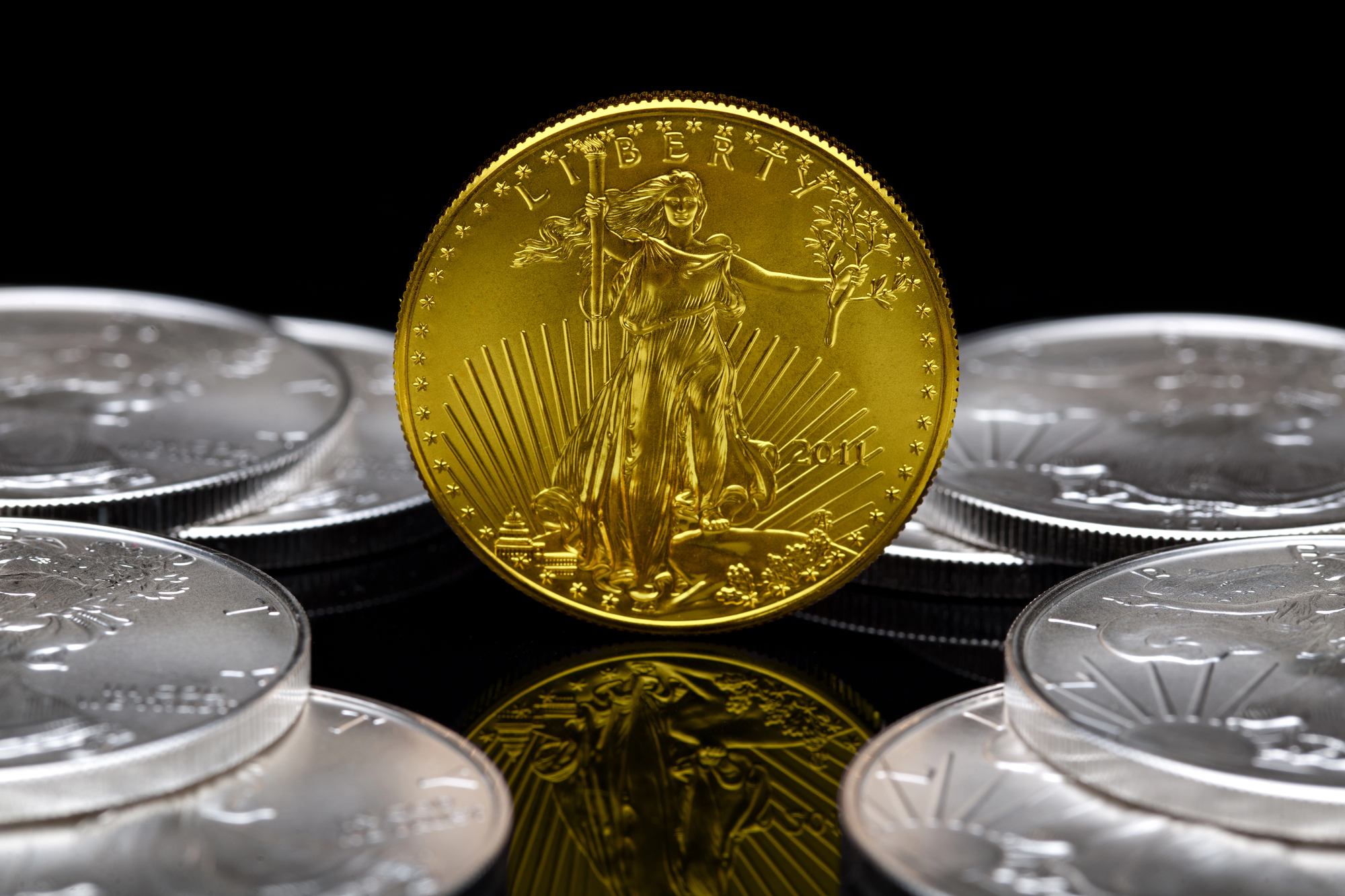
Early Gold Coin Denominations:
- Quarter Eagle – $2.50 dollars
- Half Eagle – $5.00 dollars
- Eagle – $10.00 dollars
- Later additions included the Double Eagle ($20) dollars
- The Gold Dollar was introduced in 1849 during the California gold rush, notable for its small size and various design types.
- The Half Dollar holds historical significance, often compared in size to other coins like the dollar and the gold double eagle, and features designs of Liberty and American figures.
These coins featured iconic designs such as the Liberty Head and were often minted with 90% gold content.
Iconic U.S. Gold Coins Through the Years
Here are some of the most collectible and historically important U.S. gold coins: The obverse designs of these iconic coins often feature detailed inscriptions and images, such as the image of Liberty and other notable figures, reflecting the artistic and cultural values of their time. The Draped Bust design, used in several denominations like the cent, half dime, and quarter, holds significant historical value from the early 1800s. The Capped Bust design, another distinct type produced by the U.S. Mint from 1796 to 1929, further differentiates these coins with its unique artistic style. The Classic Head design, minted between 1796 and 1929, is also notable for its historical significance among U.S. gold coins.
1. Liberty Head Series (1838–1907)
- Found on Quarter, Half, and Full Eagles
- The early Liberty Head coins featured Lady Liberty with flowing hair, a design element that was prominent in the depiction of Liberty on coins during the 1790s. The reverse designs of these coins often included eagles, reflecting the evolving artistry and historical themes authorized by Congress.
- Symbolizes America’s classical ideals of liberty and strength. The heraldic eagle design, often modeled after the Great Seal of the United States, symbolizes America as a new nation, with the eagle clutching an olive branch and arrows.
2. Saint-Gaudens Double Eagle ($20, 1907–1933)
Often considered the most beautiful U.S. coin ever minted, the Saint-Gaudens Double Eagle is one of the most coveted double eagles, known for its 1 oz. gold content, rich history, and impressive design. The reverse of the coin features an olive branch, symbolizing peace, which is a common element in American symbolism on currency.
Designed by renowned sculptor Augustus Saint-Gaudens
3. Indian Head Coins ($2.50 to $10 denominations)
- Unique recessed designs
- Rich Native American imagery, making them highly sought after
Additionally, the Indian Head series includes the notable quarter eagles, $2.50 gold coins minted from 1796 to 1929, which are celebrated for their unique design elements and historical significance in American coinage.
Indian Head coins are not only valuable collectibles but also significant artifacts that reflect pivotal events and cultural narratives throughout American history.
Modern U.S. Gold Coins: Patriotism Meets Investment
In response to a growing demand for bullion in the 1980s, the U.S. Mint introduced modern gold bullion coins - backed by the U.S. government. Modern gold coins, while still considered legal tender, are primarily produced as bullion or commemorative items rather than for circulation in everyday transactions.
US Gold Eagle Coin (1986–Present)
- Composition: 91.67% gold, with copper and silver added for durability. The silver content in the US Gold Eagle Coin is reminiscent of the historical importance of silver in early American currency, such as the Spanish milled dollars during the Colonial Period.
- Design: Lady Liberty on the front; family of eagles on the reverse
- Offered in: 1 oz, 1/2 oz, 1/4 oz, and 1/10 oz denominations
- Minting: The U.S. Mint has struck the Gold Eagle Coin in various denominations since its introduction, emphasizing its historical significance.
- Ideal for both collecting and investing
American Buffalo Gold Coin (2006–Present)
- Composition: 24-karat pure gold (.9999 fine) by weight
- Design: Inspired by the Buffalo Nickel - features Native American profile and American bison
- Preferred by purists who want only pure gold
Why Collect or Invest in U.S. Gold Coins?
If you live in Phoenix or Peoria, you’re part of a growing community of coin collectors and precious metals investors. But why are gold coins still so popular?
- Gold coins have a long history of being a reliable store of value. During the 1933 Executive Order, many gold coins were melted down, increasing their rarity.
- Historically, gold coins were used as a form of money, valued for their rarity and transportability. Gold certificates, particularly those issued before 1933, hold significant historical value and impact gold coin collecting.
Top Reasons to Consider U.S. Gold Coins:
- Historical and Artistic Appeal
- Hedge Against Inflation and Economic Instability
- Portable, Tangible Wealth
- Tax Advantages for Some Investors
- High Liquidity in Local and Global Markets
- Regulatory Aspects as Legal Tender: U.S. gold coins are classified as legal tender, meaning they are recognized by the government for the payment of debts. However, their high metal value often exceeds their nominal worth, making them impractical for everyday transactions.
Tips for Collectors in Phoenix & Peoria, AZ
Many collectors find that our Arizona climate and community offer unique advantages for coin collecting:
Beginner Tips:
- Start with affordable fractional Gold Eagles
- Consider pre-1933 U.S. gold coins for historical value
- Always purchase from a reputable local dealer, like Copper State Coin & Bullion
- Understand the historical context of small change, such as the first copper cents produced by the Mint after the Coinage Act of 1792. These coins were larger than expected, leading to public discontent as they were considered unwieldy for everyday transactions involving small amounts of currency.
Climate Considerations:
- Dry conditions in Phoenix and Peoria help reduce humidity-related tarnishing
- Still, store coins in airtight holders or coin protectors for maximum preservation
The Mint Act of February 21, 1853, which introduced the $3 gold coin denomination, aimed to facilitate the public's purchase of small denomination items, though these coins did not achieve widespread popularity despite being minted for several decades.
Where to Buy U.S. Gold Coins in the Valley

If you’re in the Phoenix metro area, Copper State Coin in Peoria, AZ is your trusted source for U.S. gold coins produced by the United States Mint, including:
- Gold Eagles, Buffalos, and pre-1933 coins
- The U.S. Treasury plays a crucial role in regulating gold coin production and ownership.
- Expert appraisals and grading guidance
- Transparent pricing and trustworthy service
We’re proud to serve Arizona’s passionate community of collectors and investors.
Final Thoughts: Invest in History
From the early days of the Liberty Head to the pure gold of the American Buffalo, the history of American gold coins tells the story of a nation - and offers a pathway to owning real value. The face value of these gold coins, such as the $10 gold eagle, holds significant importance in numismatic history, reflecting a fraction of the worth of more prominent coins. If you’re in Phoenix or Peoria, you have access to both historical knowledge and trusted local support through Copper State Coin & Bullion. The cost of copper has also played a crucial role in coin production and circulation, influencing legislative changes and the availability of different coin denominations.
Ready to Begin or Expand Your Gold Coin Collection?
Stop by Copper State Coin & Bullion in Phoenix, AZ, or contact us here for expert advice on adding historical and investment-grade coins to your portfolio. Gold bars, with their high value-to-weight ratio and dominance in central bank reserves, also offer significant investment potential.

